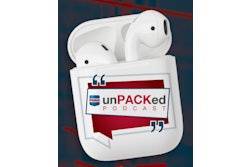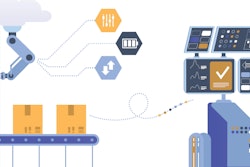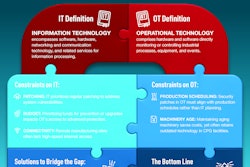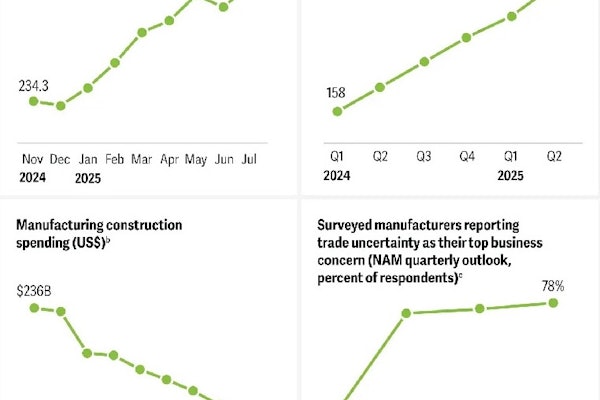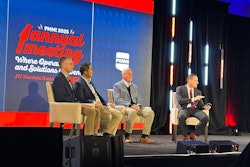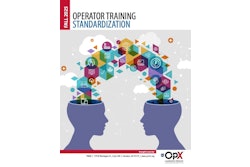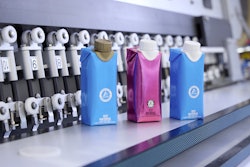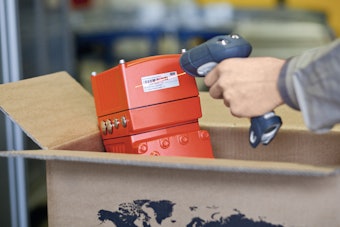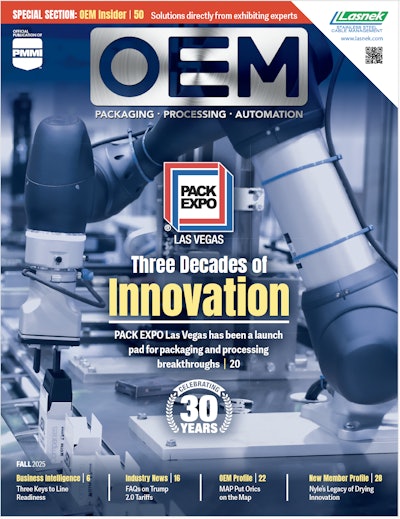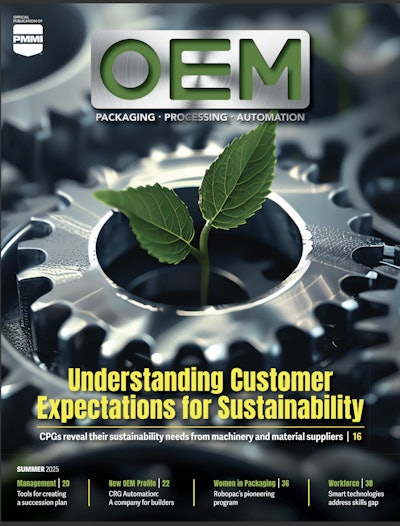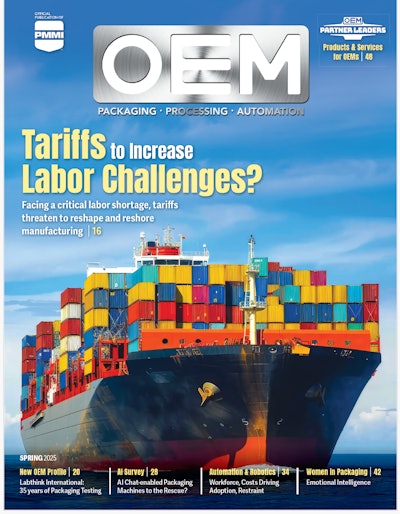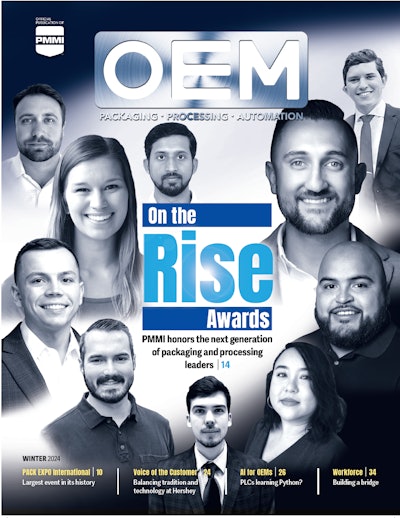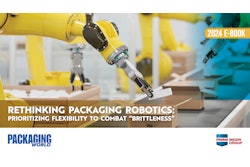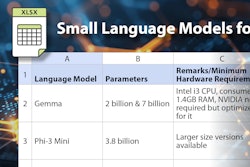One enduring challenge in the packaging and processing industry, albeit one that has evolved somewhat with the introduction of sustainability considerations, is rapidly and efficiently bringing equipment online while also considering long-term sustainability.
PMMI’s new white paper, “2025 Performance Optimization: Insights for Packaging Line Readiness,” tackles this very topic, distilling the 2025 Top to Top Summit’s collaborative insights into a three-phase roadmap designed to help OEMs and CPGs align on startup success. These phases—Vertical Startups, Operator Training, and IT-OT Integration—form a cohesive strategy that goes beyond equipment performance and into the heart of operational readiness. The report underscores a simple truth: packaging performance hinges not just on machinery, but on people, processes, and communication.
Avoiding the post-startup dip
Once seen as aspirational, vertical startups—defined as the rapid and efficient transition from installation to full production—are now viewed as achievable and repeatable goals.
The white paper emphasizes that post-startup performance dips often result from insufficient training, a lack of planning, and misaligned expectations between OEMs and end users. The participants at Top to Top agreed that the antidote is early collaboration, starting as far back as the Request for Proposal (RFP) stage. This includes defining roles and responsibilities early (cited by 68% of respondents), identifying key success metrics for FAT and SAT, and clarifying what constitutes a “successful startup.”
On the OEM side, intuitive human-machine interfaces (HMIs) emerged as the most impactful factor in avoiding the dip, with 66% of OEMs citing the value of fault descriptions that point directly to root causes and suggest corrective actions. Providing spare parts lists, preventative maintenance plans, and training documentation before machine shipment also ranked high.
The report stresses that a successful vertical startup is not just about speed—it’s about sustaining momentum. OEMs and CPGs who invest in early communication, proactive risk management, and well-prepared teams see less downtime and better OEE outcomes post-installation.
Rethinking operator training
It seems simple, but it bears repeating that once the line is in place, it’s the people who keep it moving. The second phase of the white paper’s framework focuses on operator training—a known yet often underdeveloped lever for performance.
With workforce turnover, skill variability, and language barriers now common realities on the plant floor, participants agreed: training must be tailored, hands-on, and continuous. It’s no longer enough to deliver a classroom session at go-live and walk away.
Instead, successful training programs build in repetition, offer bite-sized learning modules via learning management system platforms, and assess knowledge retention at multiple stages. The top-ranked strategy (57%) was to return for a follow-up session three to six months after initial training, allowing operators to correct habits and deepen skills. Other highly rated ideas included QR-code-linked training content, AR-enhanced troubleshooting guides, and intuitive HMIs that reinforce lessons visually and in real time.
OEMs were encouraged to rethink who delivers training. While field engineers often install equipment, not all make effective instructors. Participants emphasized the importance of trainers who can communicate effectively, teach systematically, and accommodate varying skill levels. Meanwhile, end users must ensure that OEMs understand the specifics of their workforce—everything from shift patterns to native languages—before training design begins.
Ultimately, the most successful training initiatives share a key characteristic: they view training as a process, not a one-time event.
Connecting data, devices, and decisions
Building on the operational and workforce readiness laid out in Phases 1 and 2, the third phase explores a more technical layer—integrating IT and OT systems. It’s a critical step for CPGs seeking to optimize production through data visibility and automation, but one fraught with complexity.
The white paper outlines several key barriers to effective IT-OT integration: legacy equipment, siloed departments, unclear requirements, and cybersecurity vulnerabilities. To overcome them, panelists urged early involvement of IT teams—ideally before procurement decisions are finalized. Infrastructure readiness must be assessed up front, and OEMs should provide clear documentation that supports IT-OT alignment.
End users rated having the right stakeholders “in the room” as the most important factor for successful integration (62%). On the OEM side, creating standardized checklists and providing built-in connectivity to simplify data integration were viewed as essential. The standardization of interfaces and data tags—such as those defined by PackML—was widely supported, with 75% of end users and 52% of OEMs endorsing the initiative.
With the rise of edge computing and thin-client architecture, the industry is poised to move beyond traditional laptops and local storage. CPGs who invest now in scalable, secure digital infrastructure stand to benefit from real-time performance insights and a more agile response to operational shifts.
A unified vision
Across all three phases, recurring themes reinforce the report’s central message: operational readiness is a shared responsibility that begins before a single machine hits the floor.
Early alignment between OEMs and CPGs—on goals, roles, and timelines—is the thread that ties the phases together. Similarly, there is an emphasis on people, ensuring they are prepared, empowered, and supported through intuitive tools and structured training.
As one OEM executive at the Summit put it: “If you can run on first and second shift but not on third, it’s not just about the machine—it’s about ownership, clarity, and continuity.”
For more on PMMI white papers and business intelligence, visit pmmi.org/business-intelligence.



